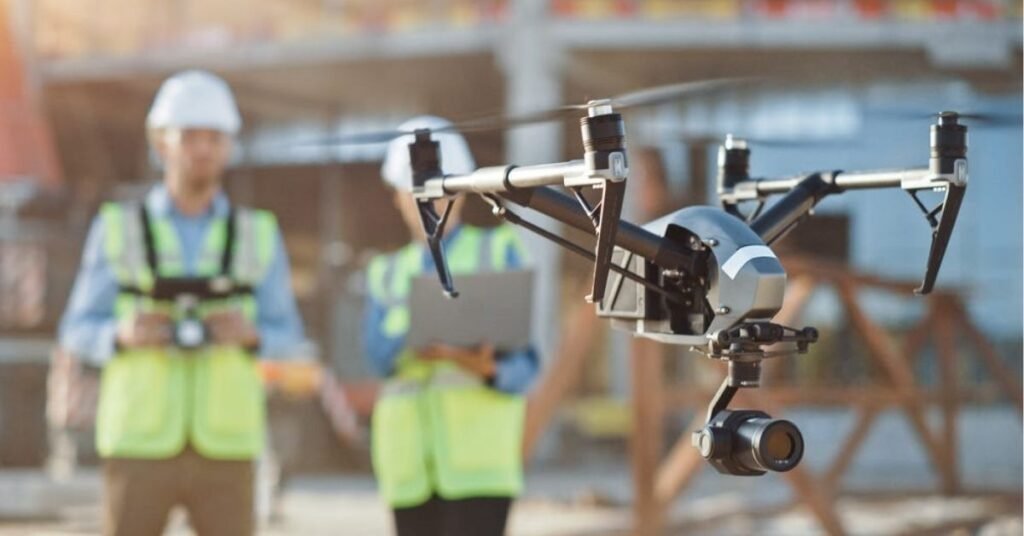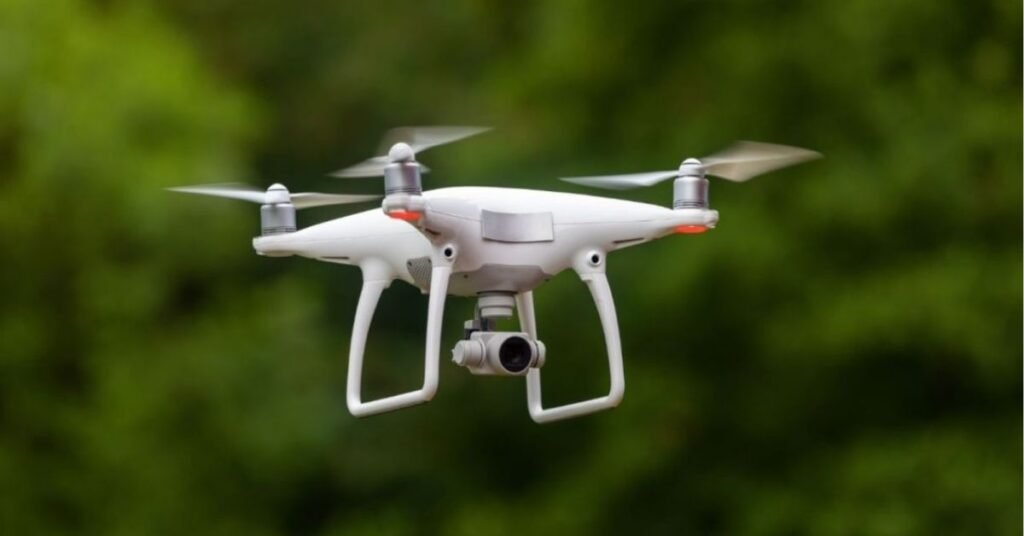In 2025, AI Drone Delivery Systems are redefining logistics with lightning-fast, eco-friendly drones. Stunning advancements and regulatory updates are expected to dominate tech showcases in August 2025, captivating industry leaders.
From Amazon’s Prime Air to Walmart’s ambitious partnerships, the U.S. is witnessing a drone delivery revolution that promises to transform how goods reach consumers.
With consumer demand for instant gratification at an all-time high, AI-powered drones are soaring to new heights, driven by cutting-edge technology and a shifting regulatory landscape.
Innovations Fueling the Drone Revolution
AI Drone Delivery Systems are powered by groundbreaking technologies that make them smarter, safer, and more efficient.
Autonomous navigation, enabled by machine learning, allows drones to chart optimal flight paths, avoiding obstacles like buildings or birds in real-time.
Computer vision equips drones with the ability to recognize delivery zones with pinpoint accuracy, ensuring packages land safely on doorsteps.

Real-time adaptation to weather and air traffic, backed by advanced sensors like LiDAR and GPS, keeps deliveries on track even in challenging conditions.
Safety compliance is also critical, with drones featuring collision-avoidance systems that meet stringent Federal Aviation Administration (FAA) standards.
These innovations are turning drones into reliable logistics workhorses, capable of handling everything from groceries to medical supplies.
Leading the Charge: U.S. Companies and Startups
Major U.S. players are racing to dominate the AI Drone Delivery Systems market. Amazon’s Prime Air has made headlines with its MK30 drones, capable of delivering packages up to 5 pounds in under 30 minutes.
The company recently expanded its operations in College Station, Texas, after receiving FAA approval for beyond-visual-line-of-sight (BVLOS) flights, a game-changer for scaling operations.
Walmart, partnering with Wing and Zipline, has completed over 150,000 deliveries since 2021, offering 30-minute delivery of items like ice cream and eggs across the Dallas-Fort Worth area.
UPS Flight Forward is integrating drones into its campus delivery systems, blending traditional and aerial logistics.
Startups like Zipline, with its 100-mile-range drones, are also making waves, delivering medical supplies to remote areas with parachute-drop precision. These real-world deployments showcase the potential of AI Drone Delivery Systems to reshape logistics.
Benefits for Consumers and Businesses
The rise of AI Drone Delivery Systems brings tangible benefits. For consumers, drones promise lightning-fast deliveries, often within 30 minutes, meeting the demand for instant gratification.
Businesses gain from reduced logistics costs, with drones slashing operating expenses by 40-70% compared to traditional vehicle deliveries.
Environmentally, drones are a win, emitting up to 94% less carbon per parcel than trucks, aligning with sustainability goals.
For retailers like Walmart and Amazon, drones enhance customer satisfaction by offering a futuristic, reliable service that sets them apart in a competitive market. In healthcare, drones deliver life-saving supplies to remote areas, bypassing infrastructure challenges.

Challenges and Risks to Overcome
Despite their promise, AI Drone Delivery Systems face hurdles. FAA regulations remain a bottleneck, though recent BVLOS approvals signal progress.
Cybersecurity is a concern, as drones could be vulnerable to hacking or hijacking, raising risks of package theft or misuse.
Noise complaints, like those in College Station against Amazon’s drones, highlight public acceptance issues.
Privacy concerns also linger, with some consumers wary of drones flying over neighborhoods. Scaling operations to serve millions while maintaining affordability, current drone delivery costs range from $10-$15 per trip remain a challenge. Addressing these risks is crucial for widespread adoption.
Expert Insights: A Logistics Game-Changer
Industry experts see AI Drone Delivery Systems as a disruptor across sectors. “Drones are poised to revolutionize last-mile delivery, cutting costs and boosting efficiency,” says Matthias Winkenbach, director at MIT’s Center for Transportation & Logistics.
“But public trust and regulatory clarity are key to scaling.” In healthcare, drones could transform emergency supply chains, delivering vaccines or blood products faster than ground transport.
Retail analyst Rachel Wolf notes that 57% of consumers still lack trust in drone safety, underscoring the need for education and transparency.
As AI Drone Delivery Systems mature, they could redefine urban logistics, creating new tech-centric jobs while reducing reliance on traditional delivery drivers.
Drones vs. Traditional Delivery
Compared to traditional delivery methods, AI Drone Delivery Systems offer unmatched speed and flexibility.
While trucks navigate traffic jams, drones take direct routes, slashing delivery times. A single drone pilot can oversee up to 32 drones, far more efficient than one driver per truck.
However, trucks still excel for bulk deliveries, and their infrastructure is more established. Drones, with high initial setup costs for launch pads and training, are less viable for heavy packages but shine for lightweight, urgent deliveries. As regulations ease and costs drop, drones are becoming a scalable solution for last-mile logistics.
The Future of Last-Mile Delivery
The trajectory of AI Drone Delivery Systems points to a transformative decade ahead. With the FAA’s proposed BVLOS rules set to streamline operations by 2026, companies like Amazon aim to deliver 500 million packages annually by drone by 2030.
As technology advances and public acceptance grows, drones could become the backbone of last-mile delivery, reshaping logistics, retail, and healthcare.
From rural outposts to urban hubs, AI Drone Delivery Systems are not just a futuristic vision—they’re here, soaring high, and ready to redefine how America shops and receives goods.
Autonomous systems are graduating from labs to real life! Self-driving cars, delivery robots, and drone fleets showcase AI that perceives, decides, and acts independently. The autonomous revolution! 🚗 #AutonomousSystems #SelfDriving #RoboticsAIhttps://t.co/prX6wf2SaC
— Andrew Roche (@andrewroche99) August 15, 2025
Also Read: AI Supply Chain Efficiency Transforms Logistics

Abdul Basit is a US-based tech writer who covers Apple innovations, Tesla’s EV growth, AI breakthroughs, smartphone trends, and app reviews for global readers.
